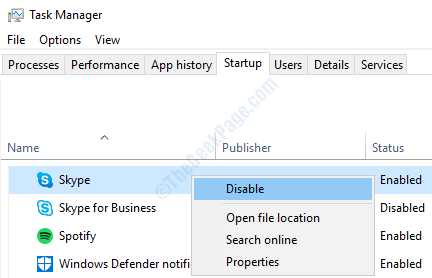


It is designed for use with the on-premises Skype for Business Server software, and a software as a service version offered as part of Office 365. To ensure the highest sound quality, we recommend using a Skype for Business compatible device. Skype for Business (formerly Microsoft Lync and Office Communicator) was an enterprise software application for instant messaging and videotelephony developed by Microsoft as part of the Microsoft Office suite. Depending on your personal workspace, it may be possible to make calls using your computer’s internal microphone and internal/external speakers in an enclosed office space. For information about recommended Skype for Business compatible devices available via KUPPS, visit Skype for Business Recommended Devices.Īlternately, while Skype for Business compatible headsets or desk phones are recommended for voice calls, only a microphone and speaker, while not optimal, are required to place or receive voice calls via Skype for Business. Next to Change my status from Inactive to Away after this.
Skype for business startup options windows 10#
Step 2: Select the Personal option from the left side, and uncheck Automatically start the app when I log on to Windows 10 and Start the app in the foreground, and then click the OK button to confirm the changes. The maximum interval of time you can enter is 360 minutes. Step 1: Open the Settings of Skype for Business, navigate to the Tools tab and choose the Options option. All optional and future equipment/device purchases are the responsibility of individual units. Open Status options, and, next to Show me as Inactive when my computer has been idle for this many minutes, click the up or down arrows to specify how long Skype for Business should wait before changing your status to Inactive. Contact your unit’s procurement staff or technology support staff for applicable policies and information. Units have the option of purchasing Skype for Business compatible desk-style phones and personal USB speakerphones at the discretion of unit leadership. University leadership has determined that headsets will replace desk phones for most faculty and staff.


 0 kommentar(er)
0 kommentar(er)
